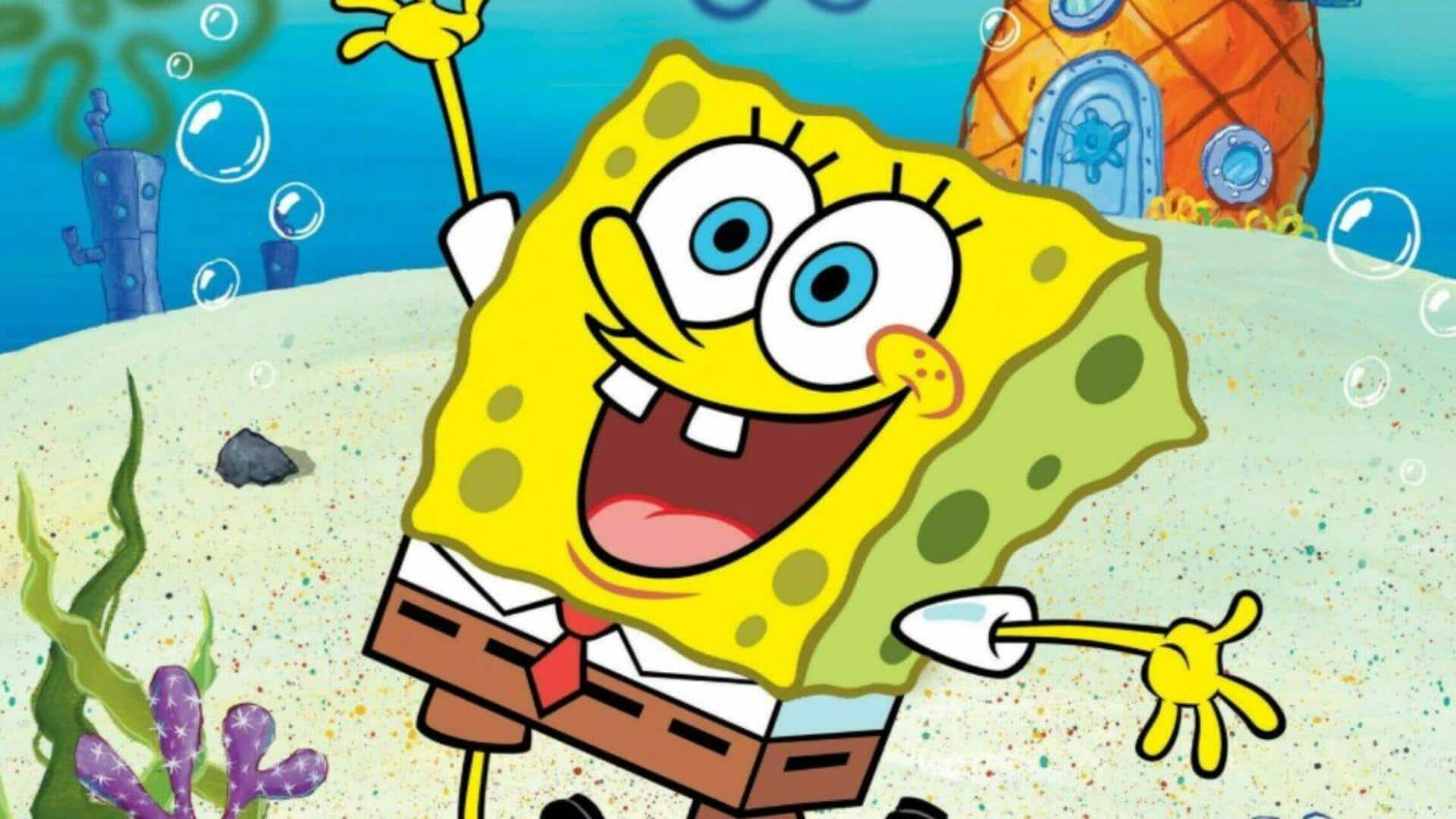
5 ways 'SpongeBob SquarePants' changed animation history
What's the story
Ever since SpongeBob SquarePants first premiered back in 1999, the show has been a mighty force in American animated television. The series, with its quirky humor intertwined with offbeat humor, has influenced the world of animation in more ways than one. It has not only entertained but also paved the path for animated content on television. Here's how SpongeBob SquarePants changed American animated television through various aspects.
Humor shift
Redefining humor in animation
SpongeBob SquarePants introduced a refreshing style of humor that blended slapstick with clever wordplay and absurdity. This worked for both children and adults, widening the audience base for the show. The success of this style of humor prompted other shows to go with similar comedic elements, paving the way for a change in how humor was portrayed in animated series.
Character innovation
Influence on character design
The character design of SpongeBob SquarePants defied norms with its exaggerated features and vivid colors. This revolutionary style encouraged other animators to play with character designs that were more aesthetically pleasing and memorable. Consequently, many later shows adopted a brave character aesthetic that deviated from mundane designs.
Storytelling evolution
Impact on storytelling techniques
The show also used storytelling methods that were often non-linear and surreal. These techniques not only defied traditional storytelling but also opened the doors for unprecedented levels of creative freedom within episodes. This led other animated series to pick up on these inventive techniques and usher in a wider diversity of storytelling styles across the animation landscape. It greatly shaped how stories are told in animation today.
Financial influence
Economic success as a benchmark
The commercial success of SpongeBob SquarePants, making billions of dollars through merchandise sales alone, set a standard for profitability in animated television. This financial success showed the economic impact an animated series could have beyond just viewership ratings, prompting networks to invest more aggressively in animation projects with merchandising potential.